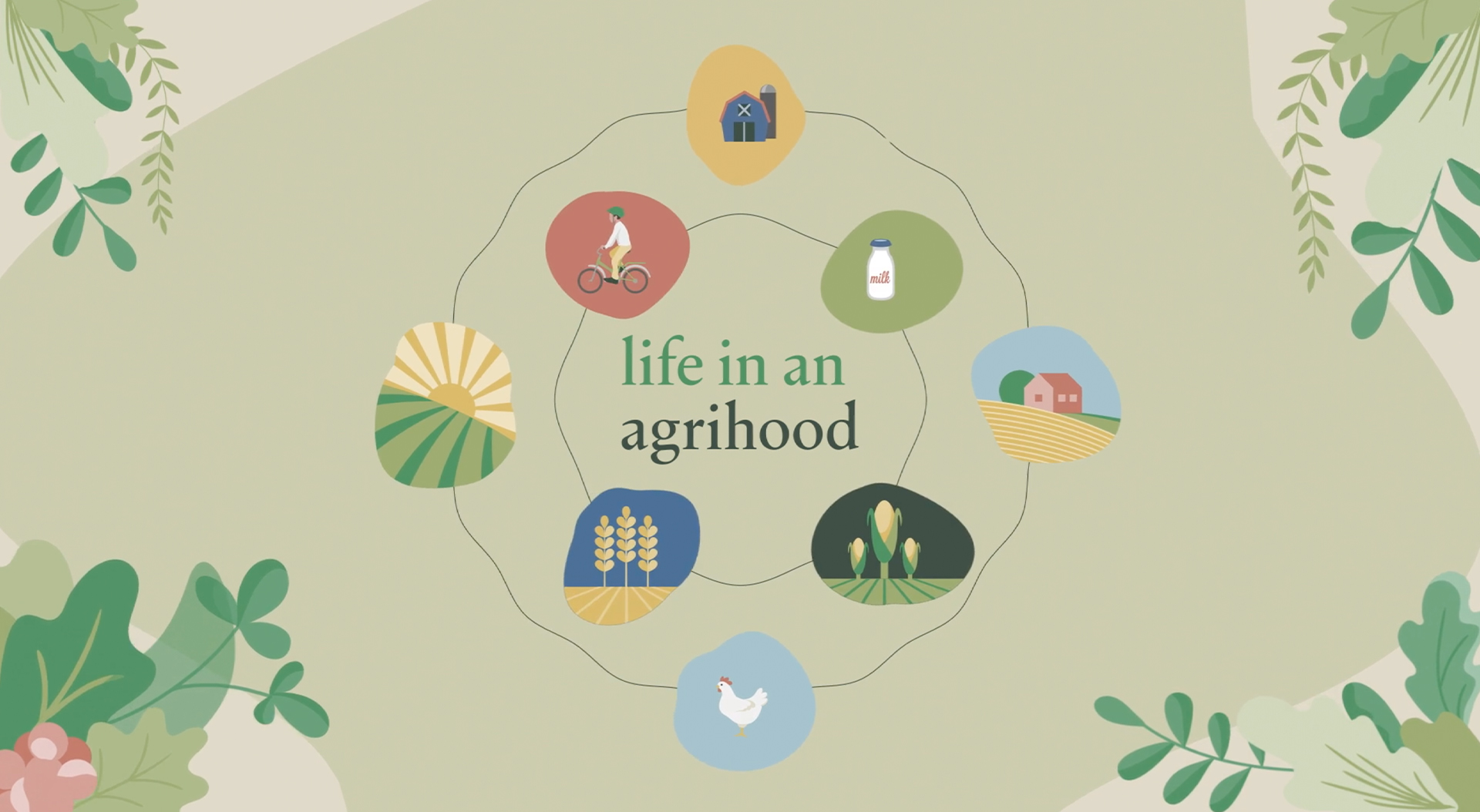You may have heard of the agrihood movement if you’ve been following recent trends in residential community development, and you’ve likely wondered what it means. You may also be curious about how these unique communities benefit the families who live in them, as well as local farmers and surrounding community members. Let’s dig in to learn why agrihoods have become so popular and what benefits and positive impact they have to offer.
Nurturing Community and A Healthy Lifestyle
An agrihood is a new form of mixed-use community development that is carefully designed and programmed to offer neighborhood living with a farm-to-table focus. These communities are often ideal for those seeking a lifestyle centered around simplicity and sustainability.
At its core, an agrihood blends farm fresh agricultural food production into a residential neighborhood.
According to Agrihood Living, the communities cultivate a return to a simple, healthy, and eco-friendly lifestyle. For many people, the agrihood movement is about returning “back to the basics” in diets and lifestyles has become a priority. Understanding agricultural practices and trusting food sources have become equally important.
Over 200 agrihoods have been developed across the country as part of a “new urbanism movement” that is growing rapidly. The concept has gained popularity with people who want to enjoy walkable neighborhoods that combine real estate with community gardens and a more sustainable way of living.
A Healthful Collaboration
Agrihoods aren’t only beneficial to the people who live inside of them. They also provide quality, locally grown, healthy foods to farmers’ markets and restaurants. They provide health benefits and contribute to the nutrition of those living in surrounding local communities. Most importantly, they provide financial support for local farmers.
In addition to yielding fresh, healthy produce, agrihoods often feature opportunities to learn about farming and harvesting crops. This provides a unique experience for people who want to learn about what goes into farm to table food production and distribution.
The agrihood lifestyle also lends well to cultivating community among neighbors. By sharing a like-minded interest in a healthful quality of life, and actively participating in community activities, neighbors have ample opportunities to meet and create lasting friendships.
It’s Easy Being Green
Access to outdoor green spaces, such as parks, trails, and gardens is a coveted aspect of the agrihood movement. These communities cater to those who want to maintain an active lifestyle. Between offering opportunities for health and fitness and nurturing creativity, the benefits for mind, body, and spirit are plentiful.
There are an abundance of reasons why agrihoods are cropping up all over the country—and around the world. Think it might be the right opportunity for you too? Learn more about The Grow, where new residential opportunities are coming in 2024. The Grow is Orlando’s new agrihood—a farm and garden community that was planted to grow a refreshing lifestyle centered around simplicity and sustainability.
What is an Agrihood?
An agrihood is a new form of mixed-use community development that is carefully designed and programmed to offer neighborhood living with a farm-to-table focus for those seeking a lifestyle centered around simplicity and sustainability. The Grow will feature an active farm, gardens, and growing fields—all of which will be cultivated by professionals who tend to the land and sell its yields. Learn more by joining our VIP list, following along on social media, and watching this agrihood explainer video.

